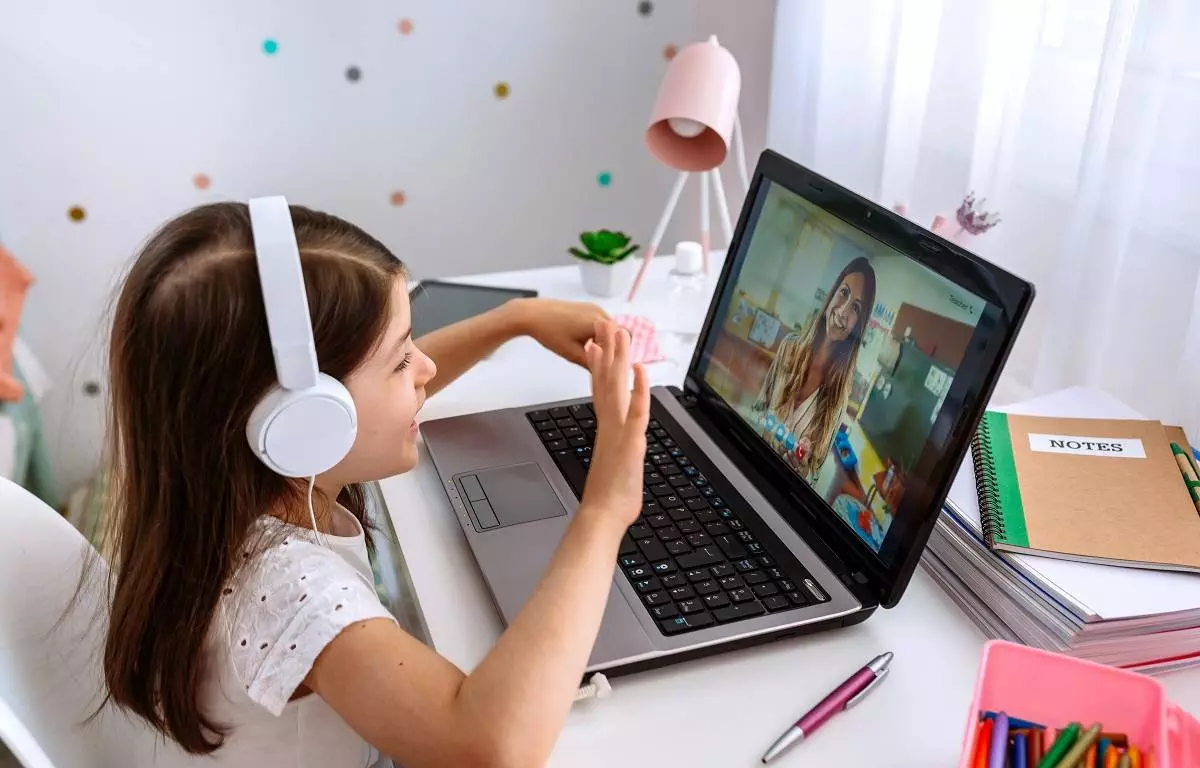
The COVID-19 pandemic has changed much of the way educators and students do things. In-person classes may no longer be feasible in the near future, as this could increase the risk of infections among children, parents, and teachers. As such, the academic system has begun shifting towards online platforms. However, due to the new and unfamiliar education landscape, there are bound to be challenges in virtual learning that may arise.
Your children will now be spending more of their time glued to the computer for educational purposes. Without a teacher to physically facilitate and assist them in their studies, the responsibility now falls on you, the parent, to help them overcome these virtual learning difficulties. Continue reading to learn more.
Distractions
Distractions may be the number one obstacle to your child’s learning. This is because they’re doing many of their school activities such as homework, quizzes, seatwork, and exams at home. Unlike in the traditional classroom, your children are exposed to the comforts that are present in your home, which can range from toys, noise, and even distracting websites.
Fortunately, there’s a way for you to minimize distractions that may affect your child’s schooling. For example, during class hours, make sure to keep their desks free from clutter and from any object that may vie for their attention — i.e. video game consoles, toys, and the like.
As much as possible, you’ll want to configure your child’s home-school setup at an area where they won’t easily be distracted by loud noises and movement. Try organizing a dedicated study room that has adequate lighting and ventilation to help keep them focused.
Lack of engagement
Even without distractions, you may find that your child may not be as engaged in their online learning as they have been in the past. They may have difficulty in keeping their attention on their online classes and the current circumstances are certainly not helping.
As a parent, you can change the way you view your child’s education. Try not to pressure them too much with their online classes. The pressure may get to them and they may end up performing poorly. Instead, you’ll want to become more relaxed while still showing some level of involvement with their education.
For example, whenever they ask for your help, try to be there for them as much as you can. Don’t be dismissive when they have questions. When your child feels like they have someone they can turn to when they’re experiencing difficulties, they’ll be more encouraged to do well and work harder.
Technical issues
Children who are engaged in virtual learning may also be experiencing their fair share of technical difficulties. They may experience trouble connecting to their class’ online and video conferencing platforms. Due to this, they may not be able to finish an exam on time or submit a requirement altogether.
You can do something to prevent this situation from happening to your child. Before they start their classes for the day, for example, make sure that all their tools and materials have already been laid out. Prepare their laptop, mics, speakers, headphones, or webcams (if needed) so that your child doesn’t have to spend time setting it up.
To minimize problems with the internet connection, make sure that the home Wi-Fi system is set up properly so that there won’t be any blackspots. If possible, allow them to study at a quiet place where they can have a stable internet connection.
Key Takeaway
You’ve learned that some of the most common challenges in virtual learning can be associated with your child’s lack of engagement, difficulty minimizing distractions, and internet connectivity issues.
Your child needs all the support that they can get during this from you since their teachers won’t really be able to provide them with face-to-face assistance. With this in mind, try to make it a point to attend to your child’s learning needs. Doing this can greatly help them become more engaged and focused on their online classes.






-logo.png)



